Market Square Through the Decades
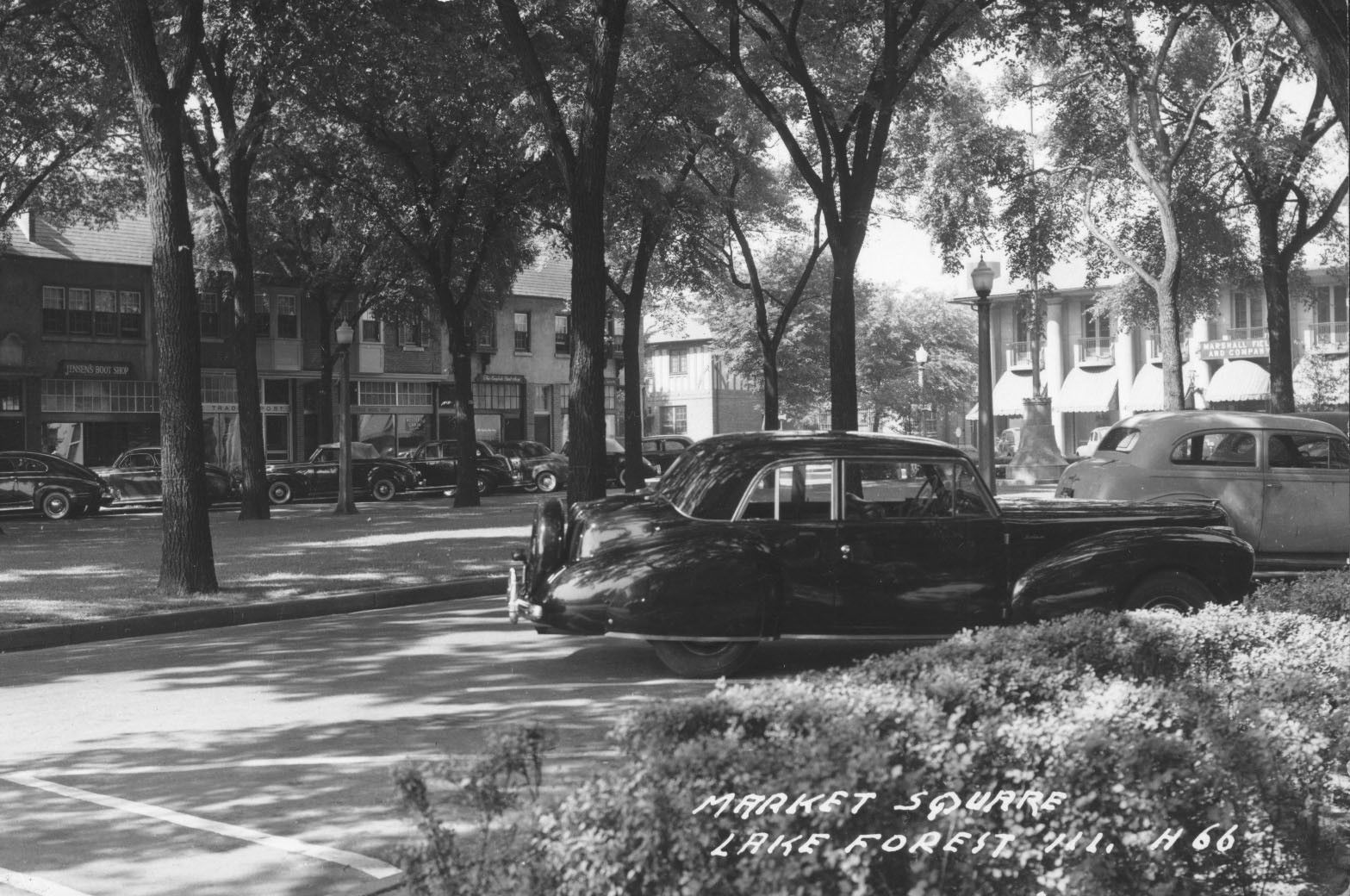

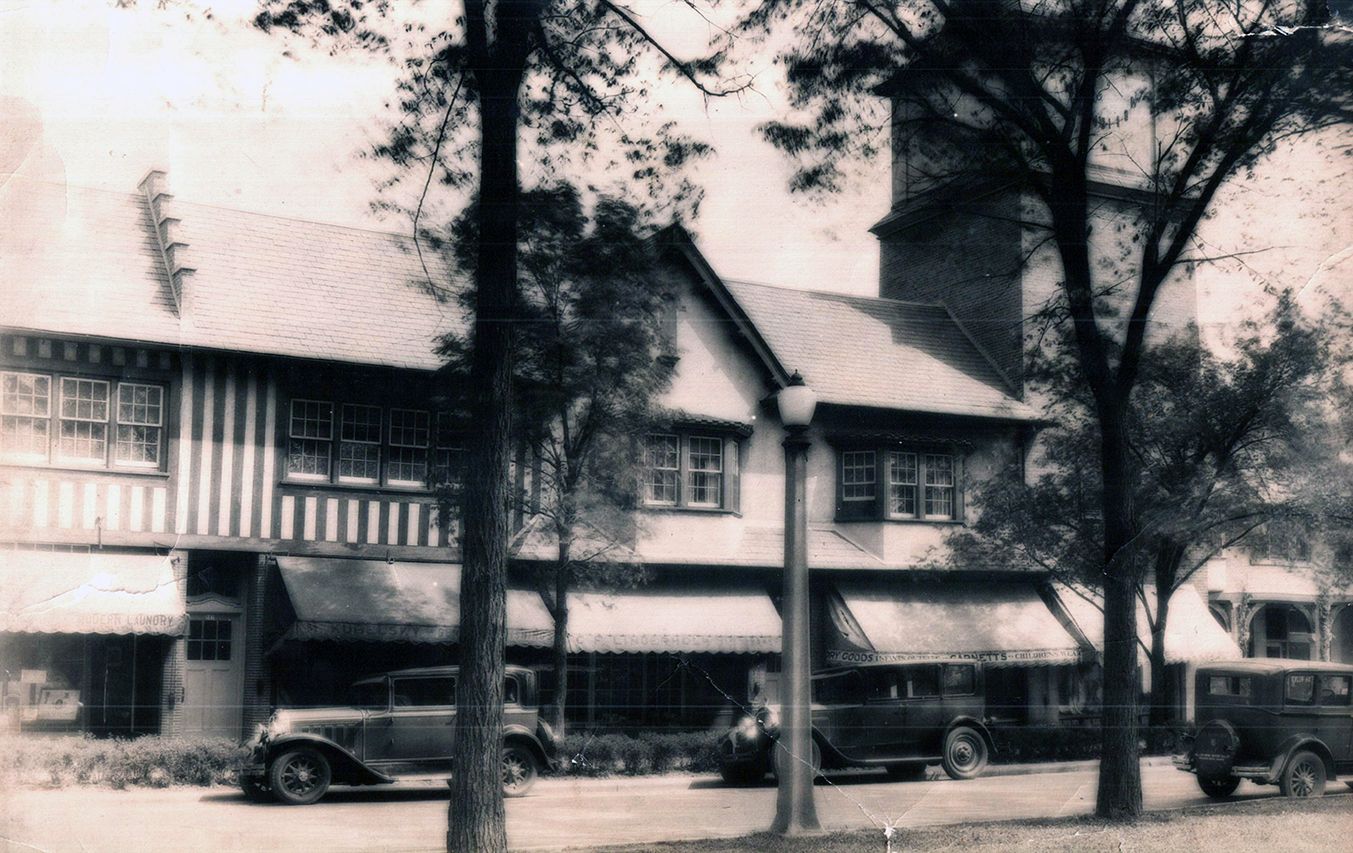
Market Square was more than a community hub – to those like young Fred Berghorn, pictured below, it was home. Like many of the Square’s merchants and staff, Fred and his family lived in an apartment above the Sports Shop, where Ruth Berghorn worked as a seamstress.
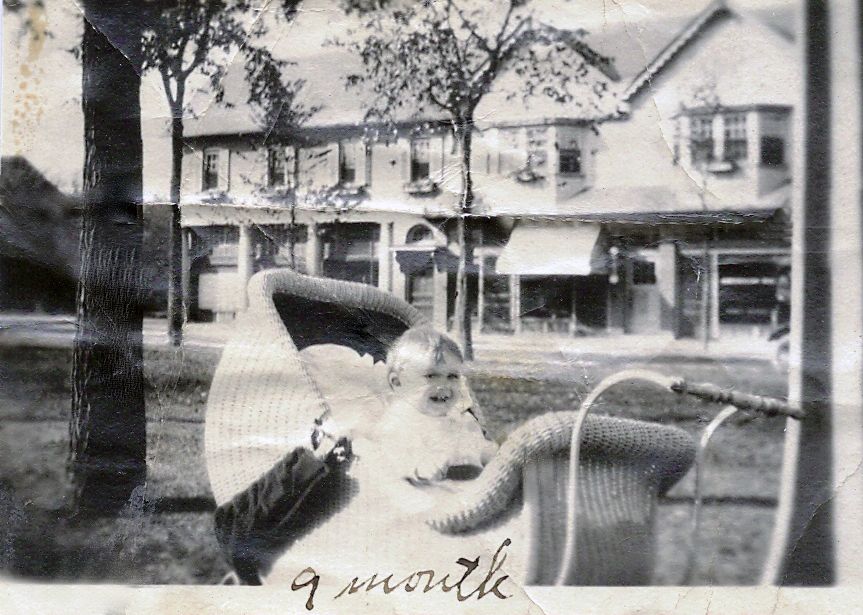
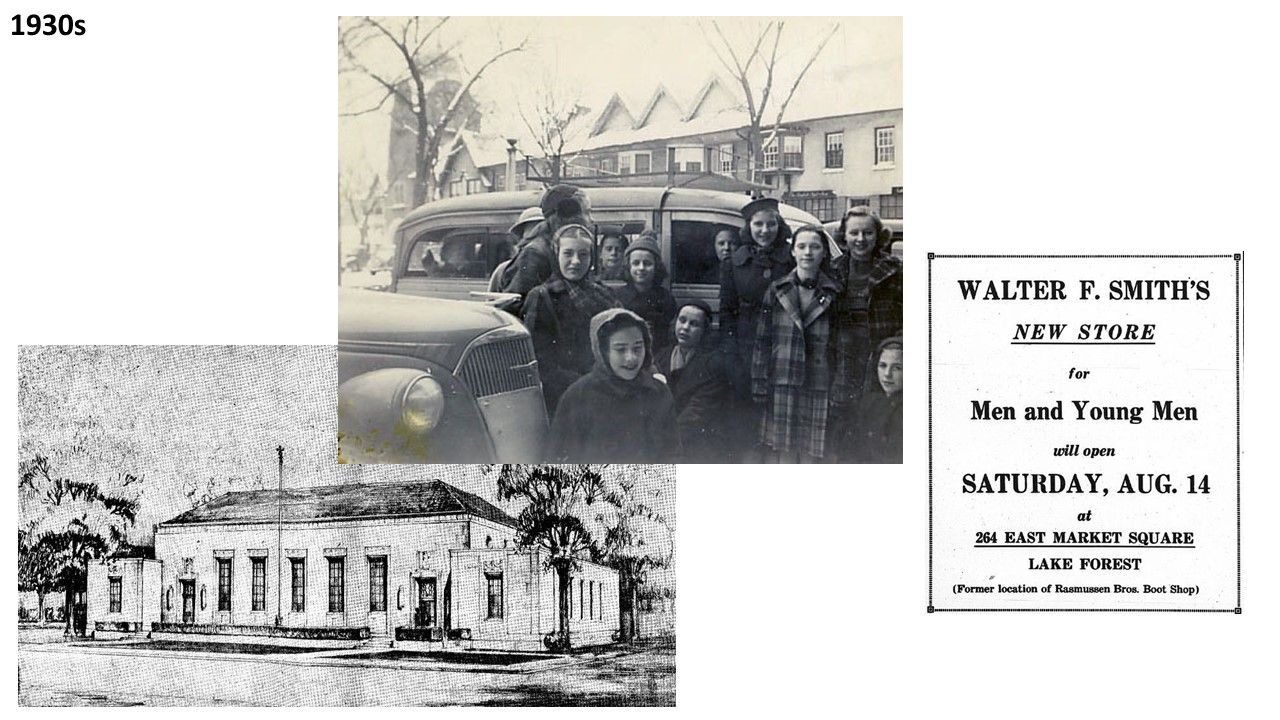
The Lake Forest Improvement Trust itself went through some changes during the 1930s. The original Trustees resigned in 1930 to make way for the next generation: Graham Aldis, John A. Chapman, Albert D. Farwell, Woodbury S. Ober, George Richardson, and Farwell Winston. The founders had not expected to maintain the complex permanently but to sell it off eventually to their tenants. With the abysmal real estate market, this appeared increasingly unlikely, and the new trustees made innovative provisions to organize as a precursor of the modern real estate investment trust.
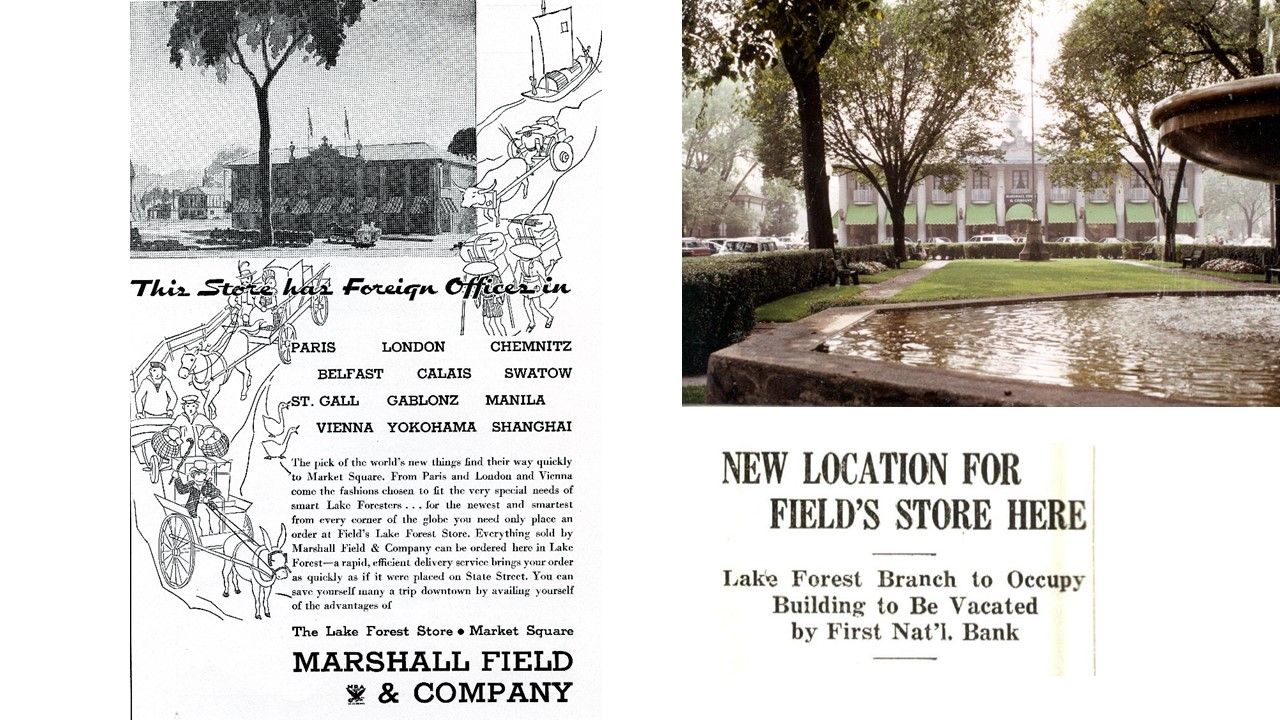
All was not doom and gloom, however; businesses like Smiths Men’s Store belied the trend and opened during this decade. The U. S. government built a beautiful new Art Deco post office (above). The relocation of the bank in 1931 made way for Marshall Field & Co., which would anchor the Square for 75 years. The legendary Jack Benny turned up at his brother-in-law’s shop and signed autographs. And the Lake Forest Market Squares basketball team, sponsored by several local merchants, made its debut in March 1930 at a tournament in Waukegan.
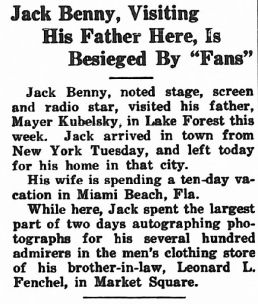
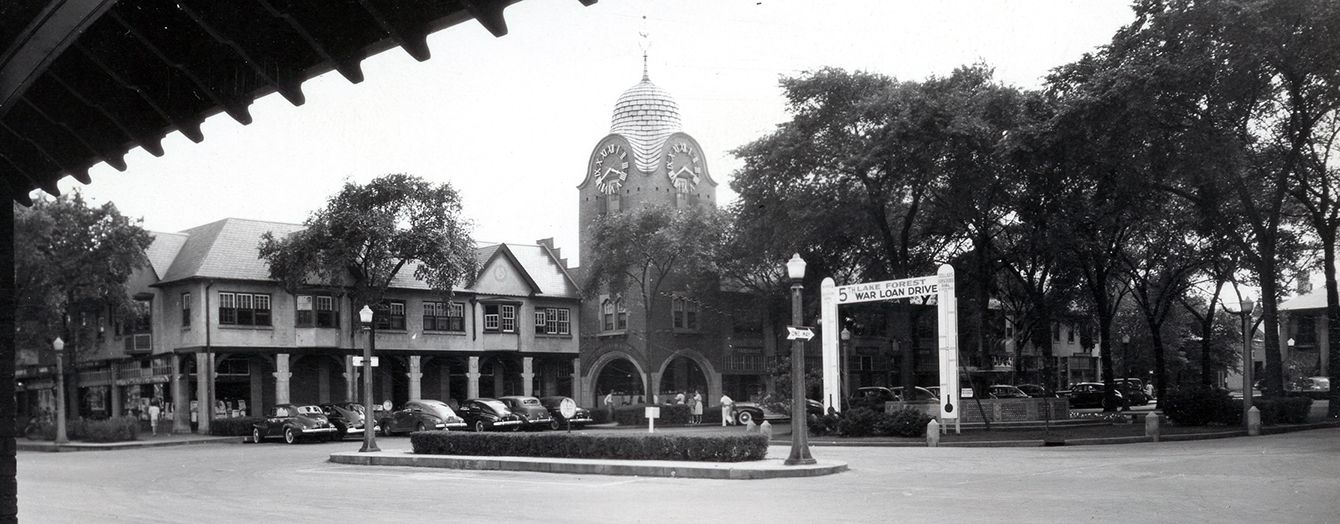
The World War II years saw little turnover in the shops of Market Square, as the country pulled together and up out of the Depression. Merchants advertised Victory Bonds alongside their own goods. The Girl Scouts collected scrap metal in the Square and the Trustees finally agreed to allow band concerts.

After the war, change was afoot. With dwindling funds and membership rosters, both the Young Men’s Club and the YWCA left Market Square, yielding to the City Recreation Department and Marshall Field’s expansion. Two longtime tenants, Helanders and the Forest Bootery, arrived in 1949.
In 1946, after the grass had been trampled the previous Easter, the Lake Forest Improvement Trust voted not to allow use of the Square for charitable sales. With nowhere else to go, the Episcopal Church approached the merchants, who agreed that the annual sale could go forward, taking place in parking areas and streets.
The next year, the Trustees, partnering with the Lake Forest Garden Club, authorized a new landscape plan for the Square. It was designed by Helen Milman, wife of Ralph Milman, Market Square’s architect on retainer for occasional building updates. Her plan added a concrete sidewalk along the greensward, as well as a few benches, and planted hedges along the curb.
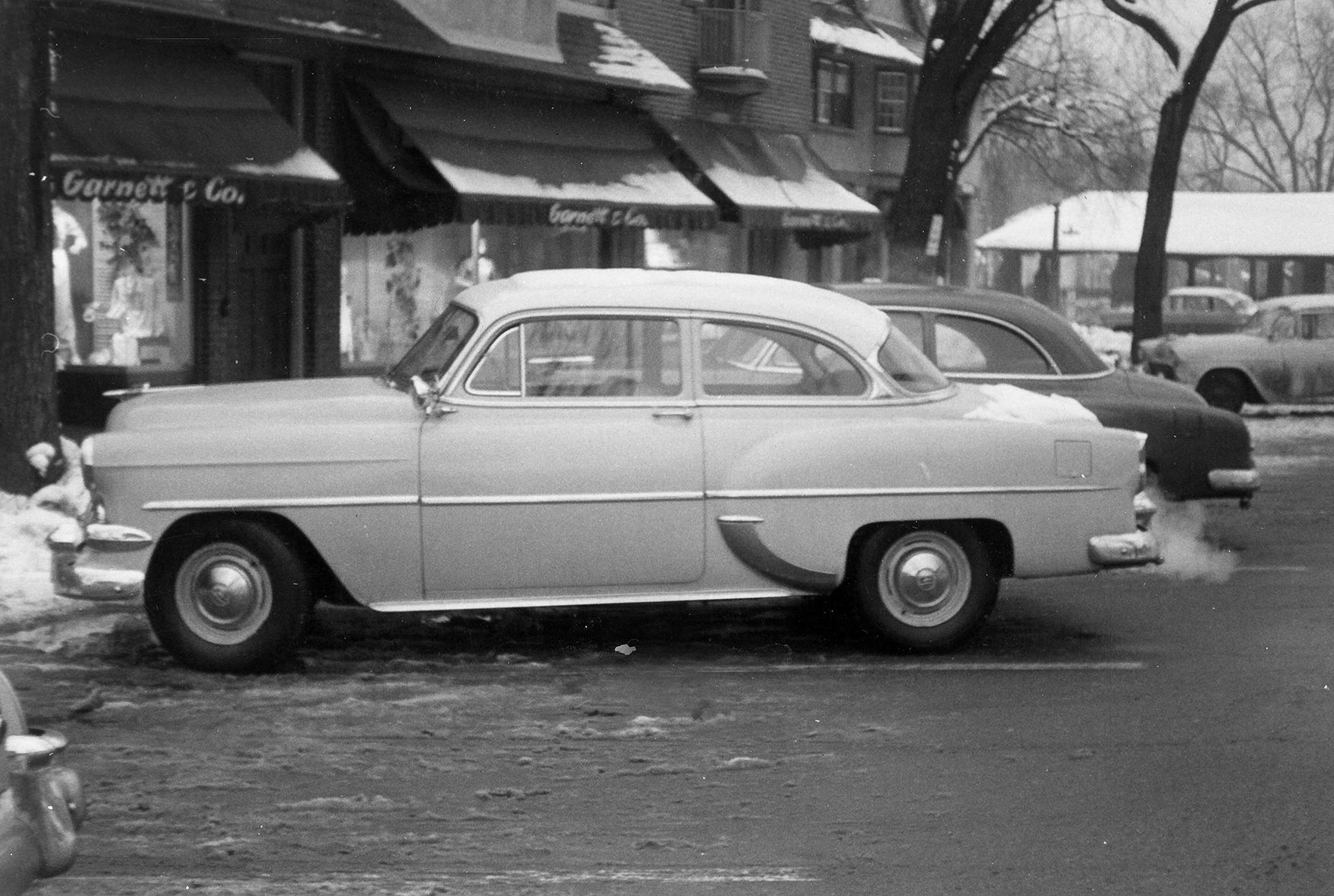
The 1950s found Market Square striving to accommodate the growth of the Baby Boom era. The City and the Lake Forest Improvement Trust confronted a scarcity of parking in the business district. In response, they mounted a parking education campaign for residents and prohibited tenants and employees from parking in the Square except for conducting business.
The existing lots became so congested that in 1954, the Trust even investigated converting the greensward into additional parking spaces. Fortunately for posterity, this was deemed inadvisable and instead the Trust purchased the vacant lot north of the Post Office in 1955 to add more options for drivers. That same year, the City of Lake Forest adopted a comprehensive Master Plan to address the issue as well.

New merchants also catered to a young and growing population. Garnett & Co. expanded to two additional storefronts; the Lake Forest Sports Shop added a Children’s Shop; and the Surprise Shop toy store and Vivian Petersen’s maternity shop both opened during this decade.

In the 1960s Market Square turned 50, and began to betray markers of middle age. The iconic elms in the greensward showed symptoms of Dutch Elm disease. A decades-long relationship ended when Gilbert Rayner & Associates took over management of Market Square from John Griffith, Inc., in 1968.
Over the previous 20 years, tenants had demanded larger, more visible signage over their stores, reflecting contemporary advertising. Glass transom windows had been filled in and original architectural features covered. The Trust even had to invest in an evening security patrol for their property, to protect it from vandals and disaffected youth.
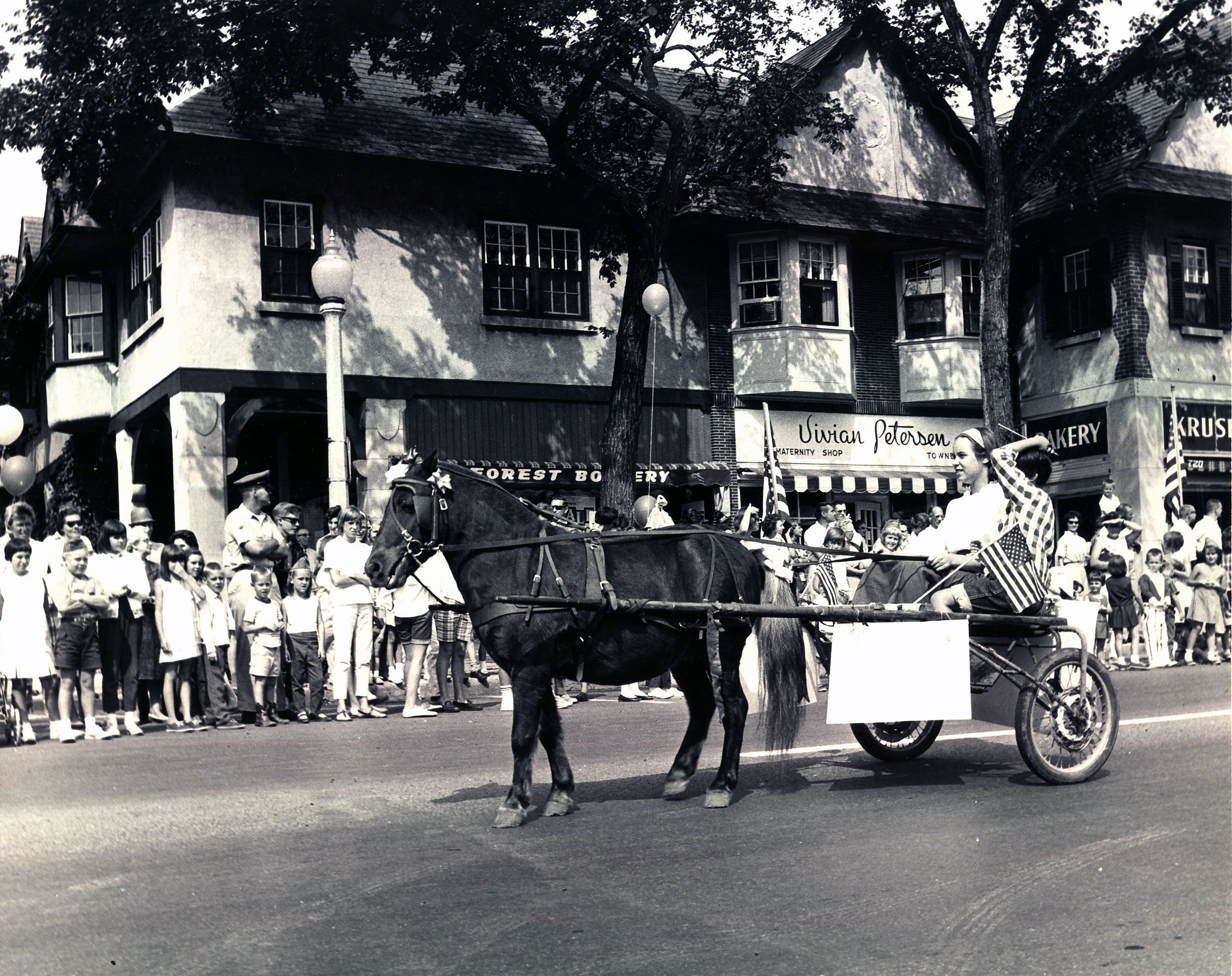
But Market Square remained a vital place. Young and old alike gathered there, marveling at the Lake Forest Day parade, trying out new bicycles at Kiddles, playing games at the Rec Center, exchanging knitting patterns at the Little Wool Shop, picking up prescriptions at Krafft’s, chatting at one of the second-floor beauty shops, ordering a new outfit at Marshall Field’s, listening to new tracks at Best Record Shop, or snacking on a cookie at Market Square Pastries.
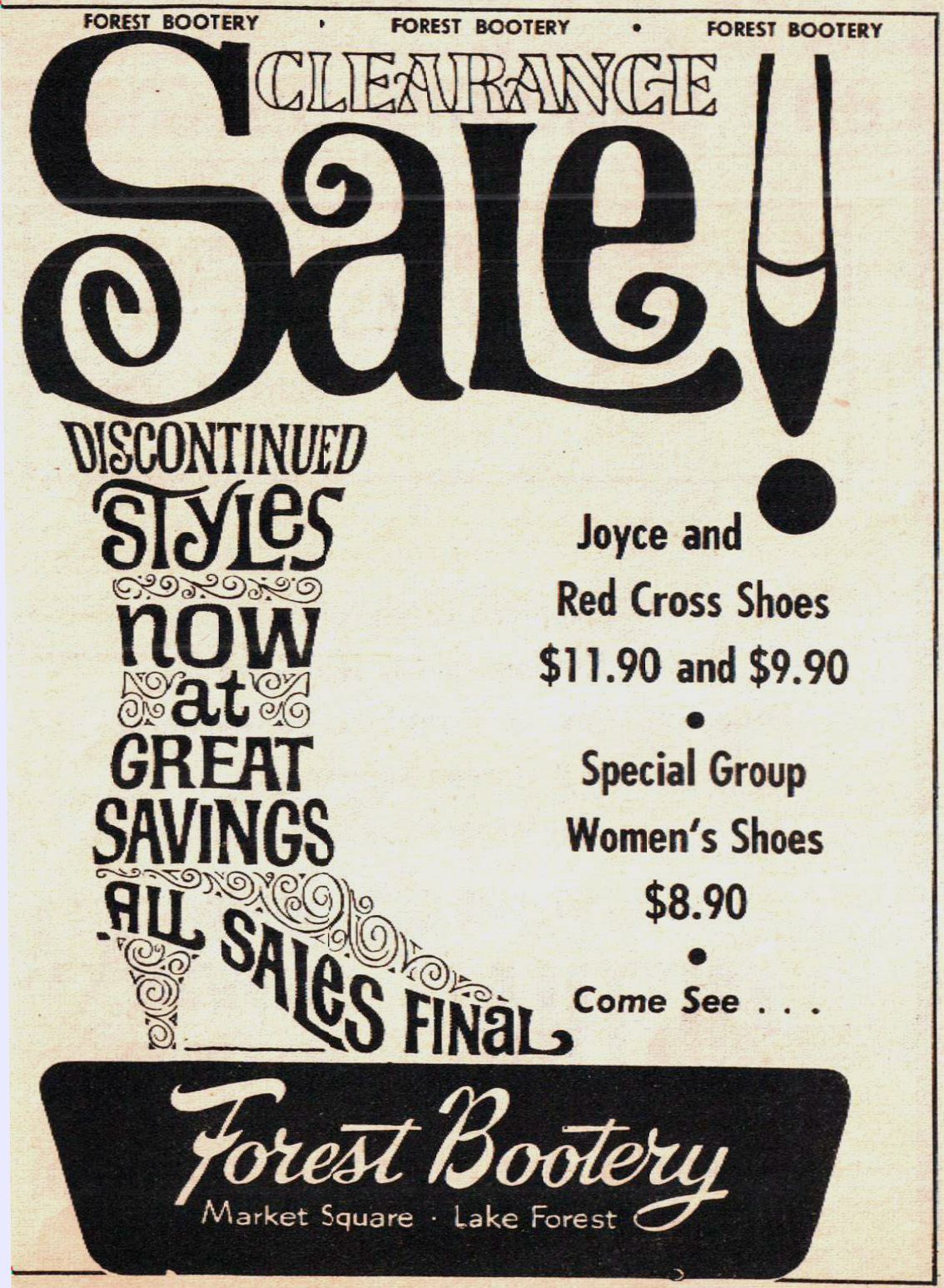
In 1971, the Chicago Tribune ran a feature article on Lake Forest which stated that Market Square “usually impresses newcomers as having a kind of great-aunt dowdiness. But most find themselves defending its cramped status quo against slurs from outsiders like they would a great-aunt’s virtue.”
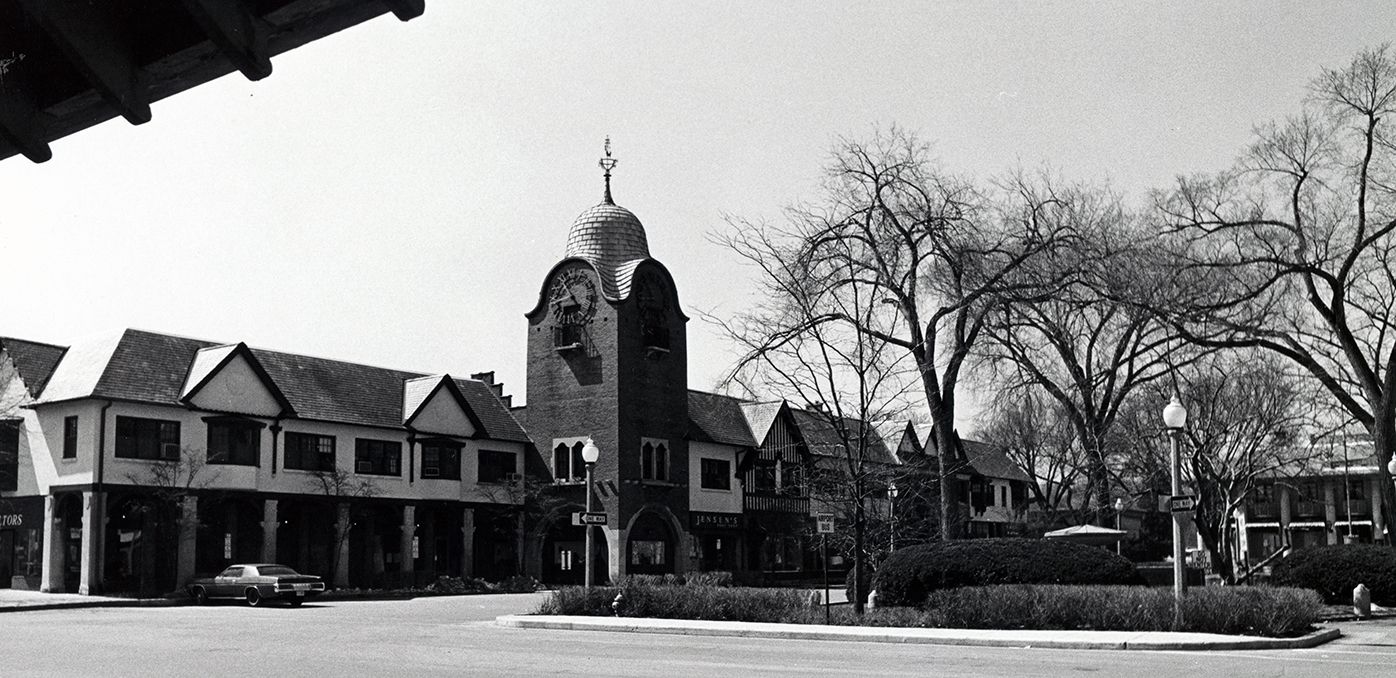
With Hawthorn (1973) and Northbrook Court (1976) both opening during this decade, Market Square faced competition from the prevailing mercantile trend, the shopping mall. But with the nationwide Bicentennial Celebration turning people’s minds to the past, Market Square’s history began to transform into an asset. In 1979, it was noted on the National Register of Historic Places as the first planned shopping center in the U.S. And though some of the retailers may have been perceived as old-fashioned, they continued to offer personal service and stock the latest products.
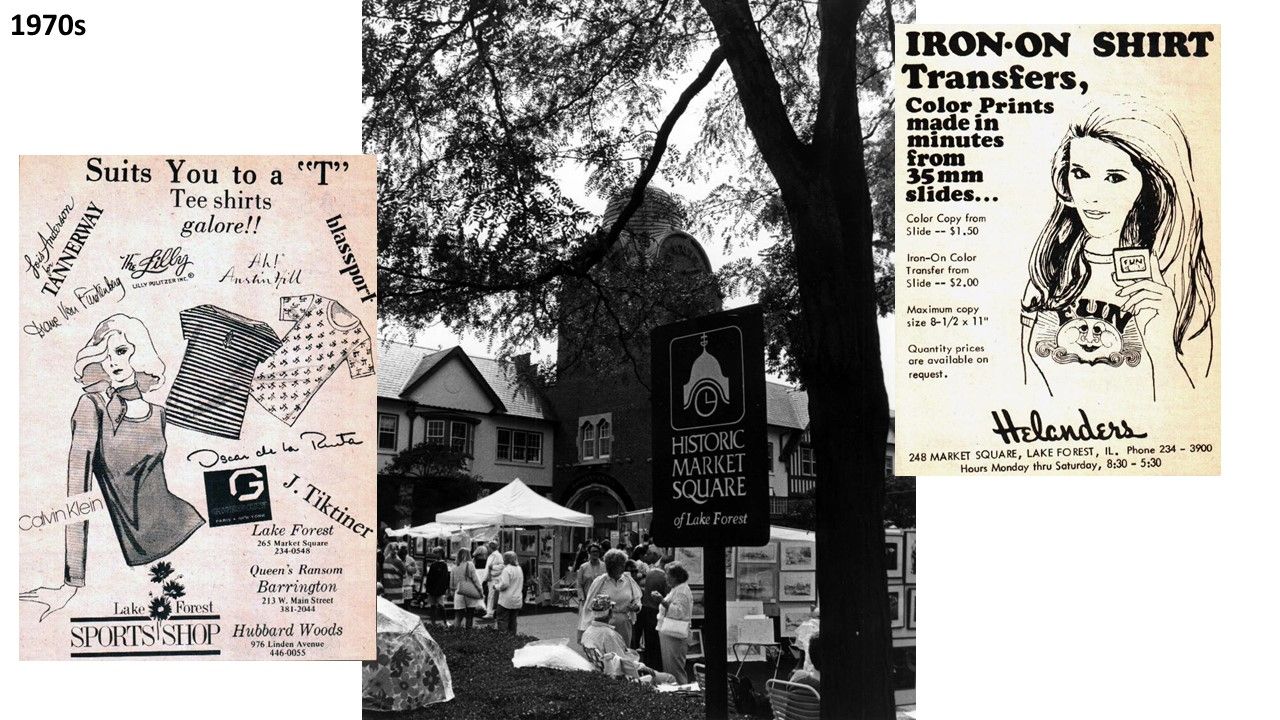
The 1970s also saw a long-planned adornment finally come to fruition. In July 1975, Sylvia Shaw Judson’s “Boy Dancing” sculpture (pictured below) was installed in the niche on the north wall, the space her father Howard Van Doren Shaw had intended for her work in 1916.
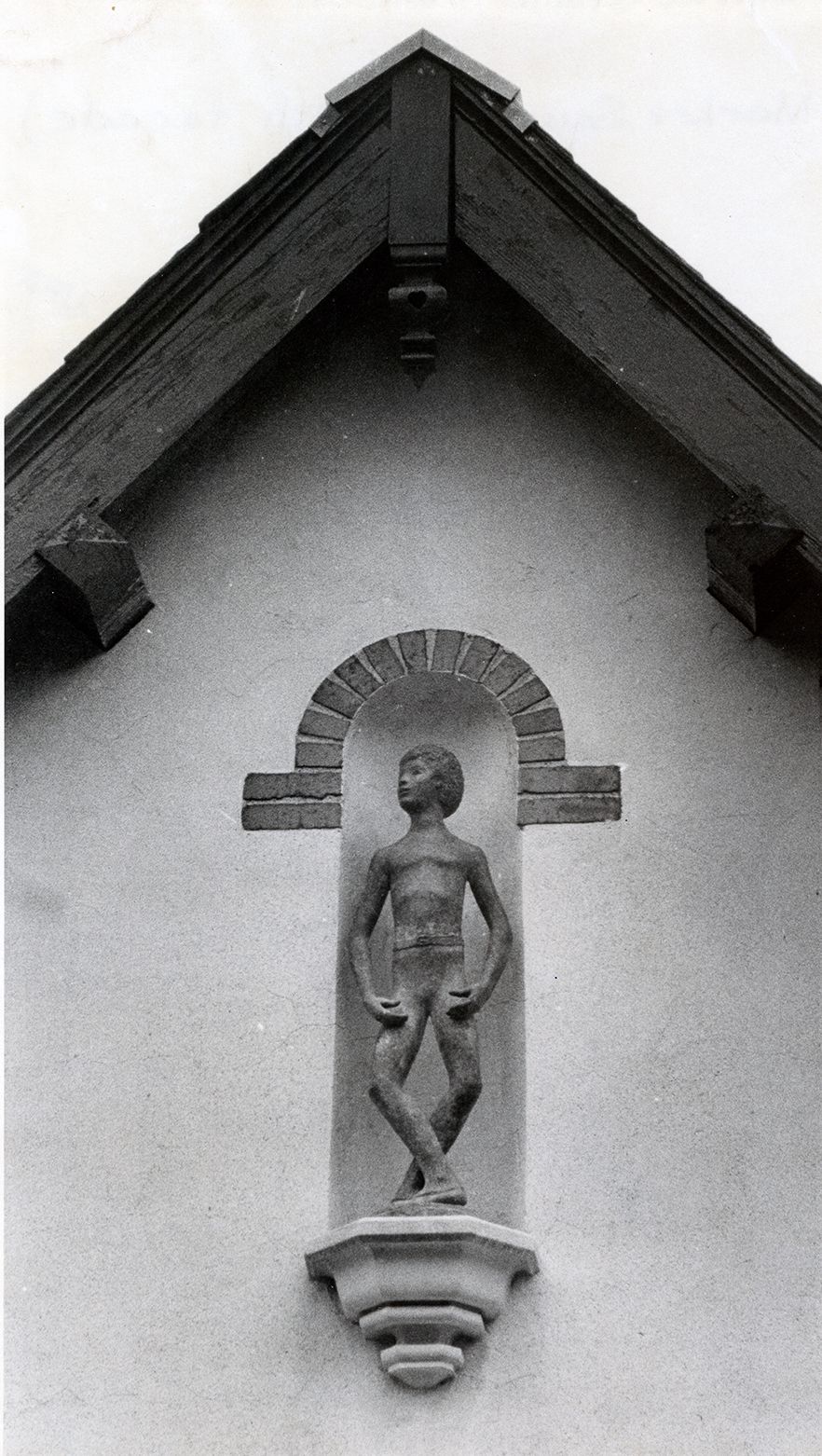
Change was the watchword in Market Square through the 1980s. Crucial capital improvements were needed, but modifications in tax laws had made it difficult for the Lake Forest Improvement Trust to fund them. Further, the 1913 trust agreement required sale of the property within 20 years of the death of the last of the children of the original trustees, which meant by the year 2000.
Thus, the Trustees made the determination to sell Market Square, and in 1984, they found their buyer in Broadacre Management. Broadacre had proved its bona fides as a caretaker of local historic structures in 1982, when the company purchased and renovated the former Young Men’s Club building into a retail office complex.
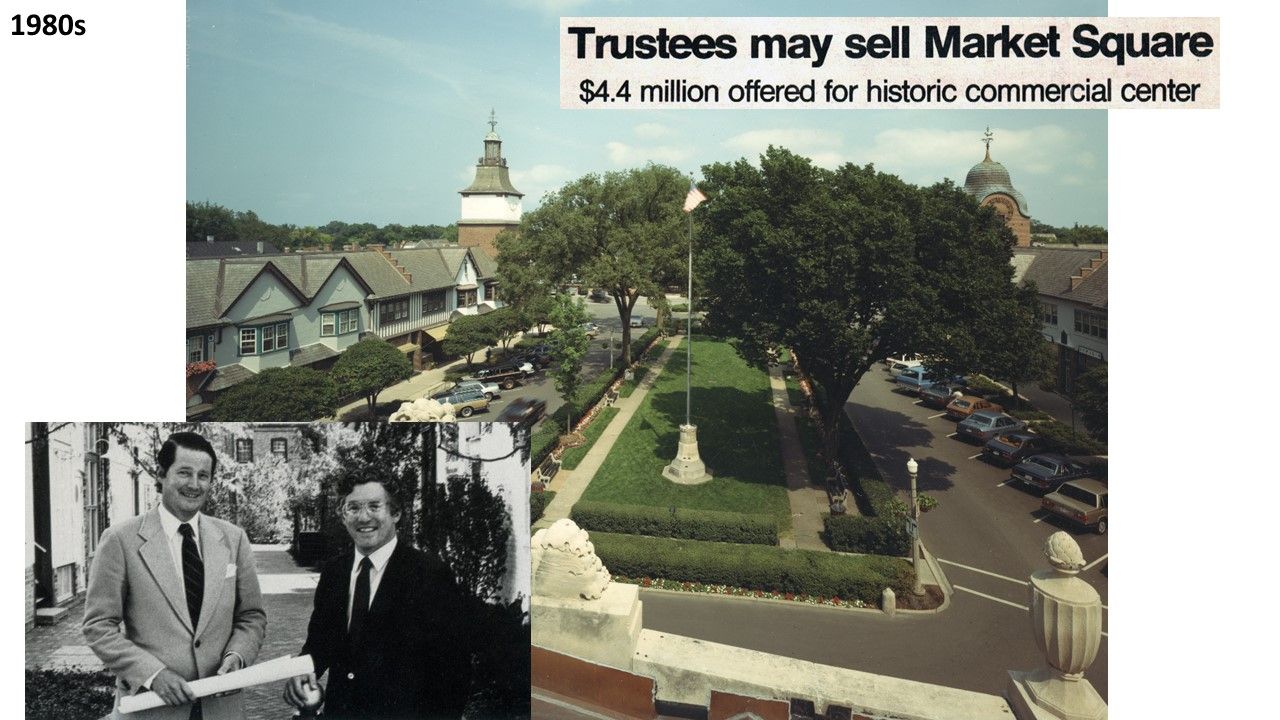
Broadacre proceeded to embark on major renovation and building projects, refurbishing second floor apartments into offices and working with architect John Vinci to restore storefronts to more closely resemble their 1916 state. The old service drive to the south was transformed into the cobblestoned, arcaded Market Square Court, with the Deerpath Gallery and the Water Closet moving into the old Hahn Brothers storage building. The new owners also sought to shake up Market Square’s merchandise mix, bringing in national retailers like Talbots, Williams-Sonoma and B. Dalton to compete with nearby shopping malls.
Finally, in 1984 Broadacre deeded the greensward and surrounding pavement to the City of Lake Forest as a perpetual park. That holiday season, the City sponsored its first tree lighting.

Sylvia Shaw Judson’s sculpture “Girl with Baby on Shoulder” (below) was installed atop the center pedestal of the fountain in 1982. The original design was completed in the 1960s.
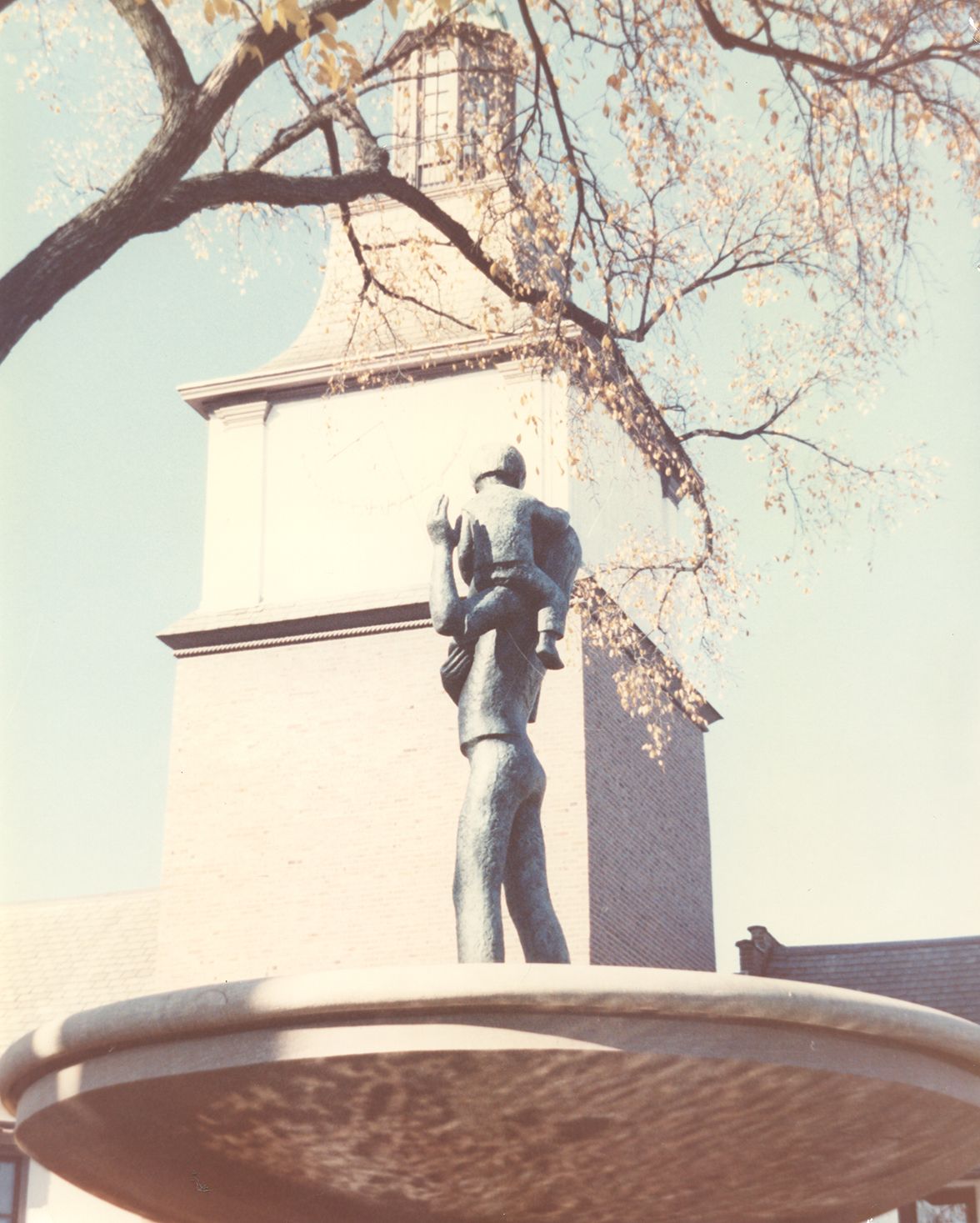
In the 1990s, Market Square found itself emulated in communities near and far, as towns began to turn a more critical eye to their central business districts. Howard Van Doren Shaw’s design, uniting car, rail, and foot, clearly had staying power.
The Square, especially the central green space, now owned by the City of Lake Forest, was more in demand than ever: open air markets, parades, concerts, art fairs, tree lightings, book sales. But decades of such events, and the ravages of time and weather, had taken their toll. Market Square was in need of rejuvenation, both above ground and below.
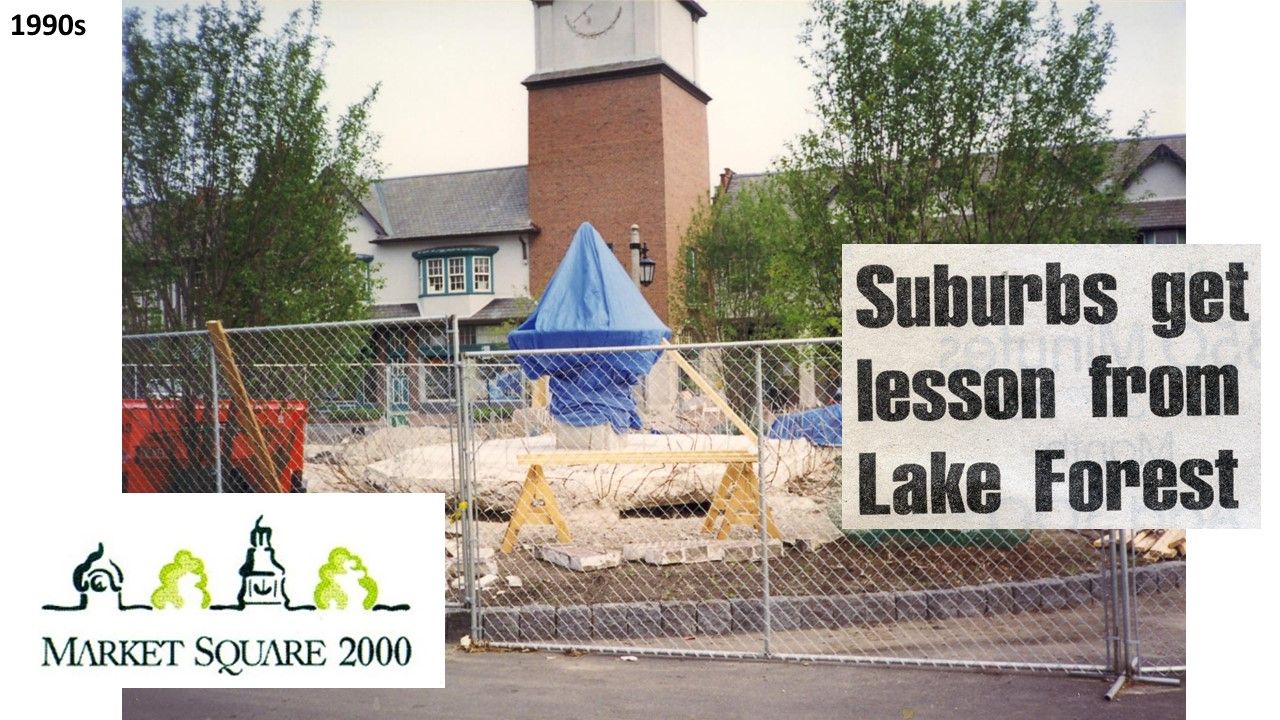
Enter Market Square 2000, a nonprofit created with leadership from the Lake Forest Garden Club to partner with the City government to renovate Market Square’s infrastructure and landscape. The $1.6 million project upgraded electrical service and sewer systems, replenished trees and plantings, updated seating, added brick walkways, and restored the fountain.
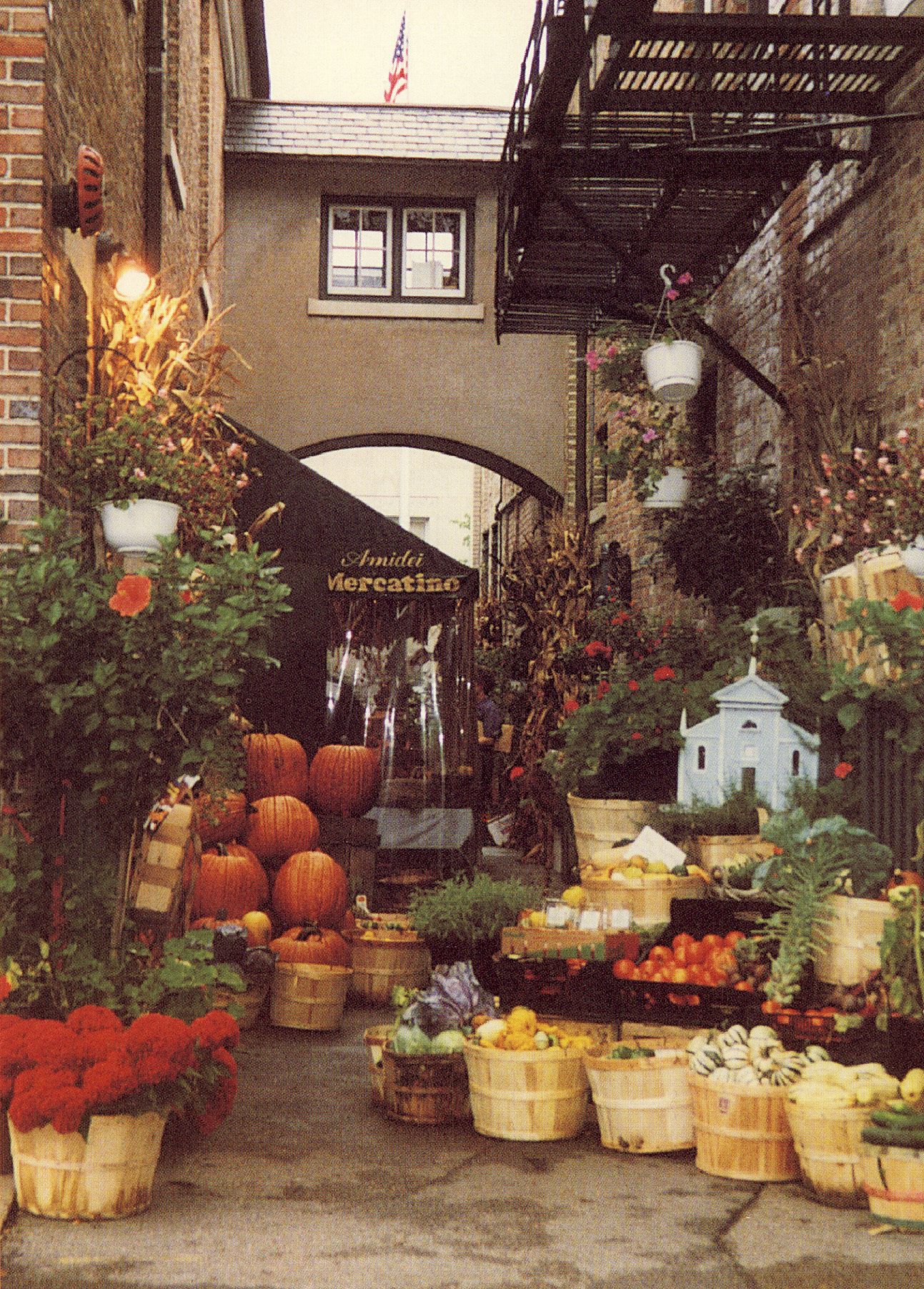
Market Square in the new millennium has been marked by a series of endings and new beginnings. Several longtime tenants, including Marshall Field & Co., Helanders, and The Trading Post, have closed, as did more recent favorites like Jolly Good Fellows; others, such as Griffith, Grant & Lackie and the Lake Forest Book Store, have relocated elsewhere in town.
In November 2013, L3 Capital, a Chicago-based real estate investment firm, purchased Market Square from Broadacre Management for $35.5 million. The new owners embarked on a multi-million dollar renovation project, seeking to restore Howard Van Doren Shaw’s 1916 vision.
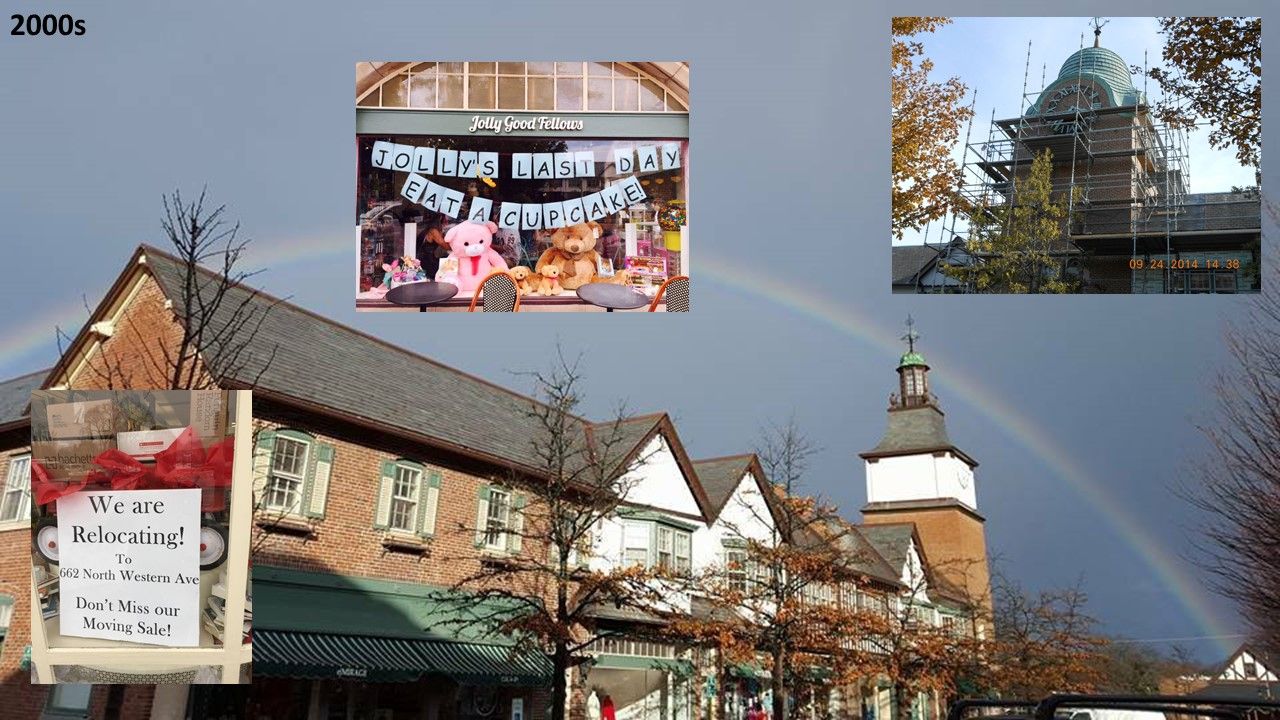
There’s no doubt that Market Square has changed with the times. Over the course of its 100-year history, the community it was built to serve has quintupled in population. But its towers continue to serve as beacons, beckoning walkers, drivers and train commuters alike. While patrons no longer visit the Square to send a telegram, test drive a Hupmobile, or shoot a round of pool, they can still grab a pastry, marvel at the holiday tree, get their bike fixed and try on a pair of shoes. Amidst all the comings and goings, Market Square’s twin pillars of business and beauty remain.